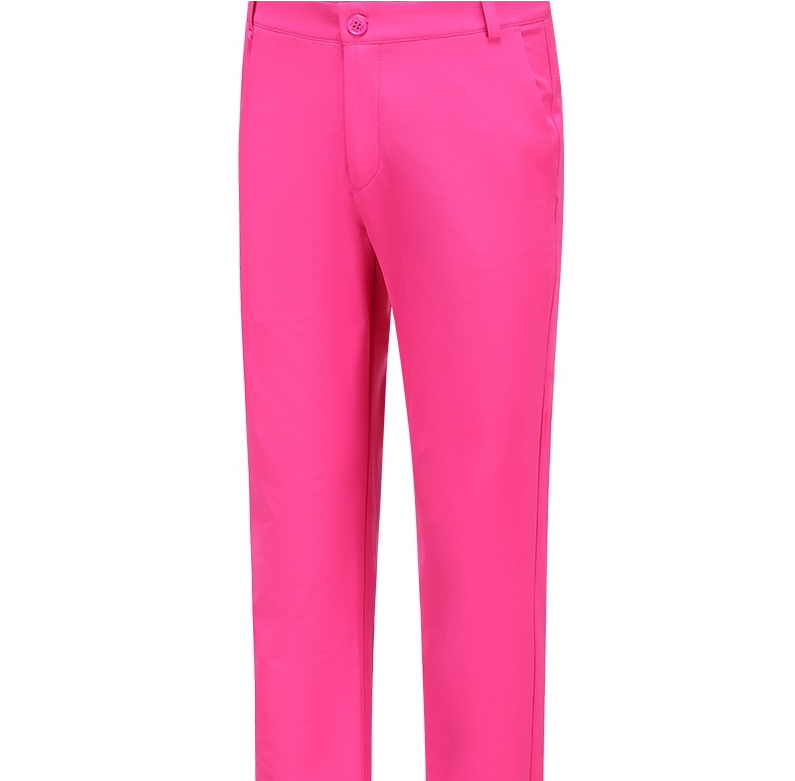
Baseball is a beloved sport enjoyed by millions worldwide. However, the production and use of baseball pants, a critical component of the sport’s uniform, can have a significant environmental impact. From the sourcing of materials to manufacturing, distribution, and eventual disposal, the lifecycle of baseball pants contributes to carbon emissions, waste generation, and resource depletion. To address these environmental concerns, it is crucial to explore sustainable alternatives for baseball pants. This essay examines the environmental impact of traditional baseball pants and proposes sustainable alternatives that can mitigate their negative effects.
- Environmental Impact of Traditional Baseball Pants:
a. Material Sourcing: Traditional baseball pants are typically made from synthetic fibers such as polyester and nylon. The production of these materials involves the extraction and processing of petroleum-based resources, contributing to greenhouse gas emissions and environmental degradation.
b. Energy Consumption: The manufacturing process of baseball pants involves various energy-intensive stages, including spinning, weaving, dyeing, and assembly. Energy consumption during these processes relies heavily on fossil fuels, further exacerbating carbon emissions and climate change.
c. Chemical Usage: The dyeing and finishing processes of baseball pants often involve the use of toxic chemicals, including dyes, bleaches, and flame retardants. Improper handling and disposal of these chemicals can lead to water pollution and ecosystem damage.
d. Waste Generation: The fast fashion cycle prevalent in the sports apparel industry leads to high production volumes and frequent disposal of baseball pants. This generates significant textile waste, with non-biodegradable synthetic fibers taking hundreds of years to decompose in landfills.
- Sustainable Alternatives for Baseball Pants:
a. Organic and Recycled Materials: Using organic or recycled materials for baseball pants reduces the reliance on non-renewable resources. Organic cotton, hemp, or bamboo fibers are sustainable alternatives that require less water, fewer pesticides, and have a lower carbon footprint compared to conventional cotton. Additionally, incorporating recycled polyester or nylon made from post-consumer plastic bottles can help divert waste from landfills and reduce the demand for virgin materials.
b. Eco-friendly Dyes and Finishes: Adopting eco-friendly dyeing methods and finishes for baseball pants can minimize the use of toxic chemicals. Natural dyes derived from plant or vegetable sources can replace synthetic dyes, reducing water pollution and health risks for workers. Similarly, employing low-impact or waterless dyeing techniques can significantly reduce water consumption and chemical discharge.
c. Energy-Efficient Manufacturing: Embracing energy-efficient manufacturing processes can mitigate the carbon footprint associated with baseball pants production. Implementing renewable energy sources, such as solar or wind power, can power factories and reduce reliance on fossil fuels. Additionally, optimizing production processes to minimize waste and increase resource efficiency can further reduce energy consumption and environmental impact.
d. Circular Economy Principles: Shifting towards a circular economy model for baseball pants can help minimize waste and extend product lifespan. Designing pants with modular components, such as detachable knee pads or adjustable waistbands, allows for repairs or replacements instead of complete garment disposal. Additionally, implementing take-back programs or partnering with textile recycling facilities facilitates the recycling or upcycling of old baseball pants into new products.
- Benefits of Sustainable Baseball Pants:
a. Reduced Carbon Footprint: Sustainable alternatives for baseball pants can significantly reduce carbon emissions throughout the supply chain. By using organic or recycled materials and implementing energy-efficient practices, the reliance on fossil fuels is minimized, contributing to climate change mitigation.
b. Resource Conservation: Adopting sustainable materials and manufacturing processes conserves natural resources. For example, organic cotton requires less water for cultivation compared to conventional cotton, alleviating water scarcity concerns. Additionally, embracing recycled materials reduces the demand for virgin resources, preserving ecosystems and reducing land degradation associated with resource extraction.
c. Water Conservation: The production of traditional baseball pants can be water-intensive, particularly during dyeing and finishing processes.
d. Waste Reduction: Sustainable baseball pants contribute to waste reduction by utilizing recycled materials and enhancing the recyclability or upcyclability of garments. By extending the lifespan of pants through repair, reuse, or recycling, the amount of textile waste sent to landfills is reduced, mitigating the environmental impact.
- Challenges and Future Considerations:
a. However, as demand grows, economies of scale and technological advancements can help reduce costs and make sustainable options more accessible.
b. Consumer Awareness and Education: Raising awareness among consumers about the environmental impact of traditional baseball pants and the availability of sustainable alternatives is crucial. Education campaigns highlighting the benefits of sustainable choices can drive consumer demand and influence purchasing decisions.
c. Collaboration and Industry Commitment: The adoption of sustainable alternatives for baseball pants requires collaboration among various stakeholders, including manufacturers, sportswear brands, retailers,